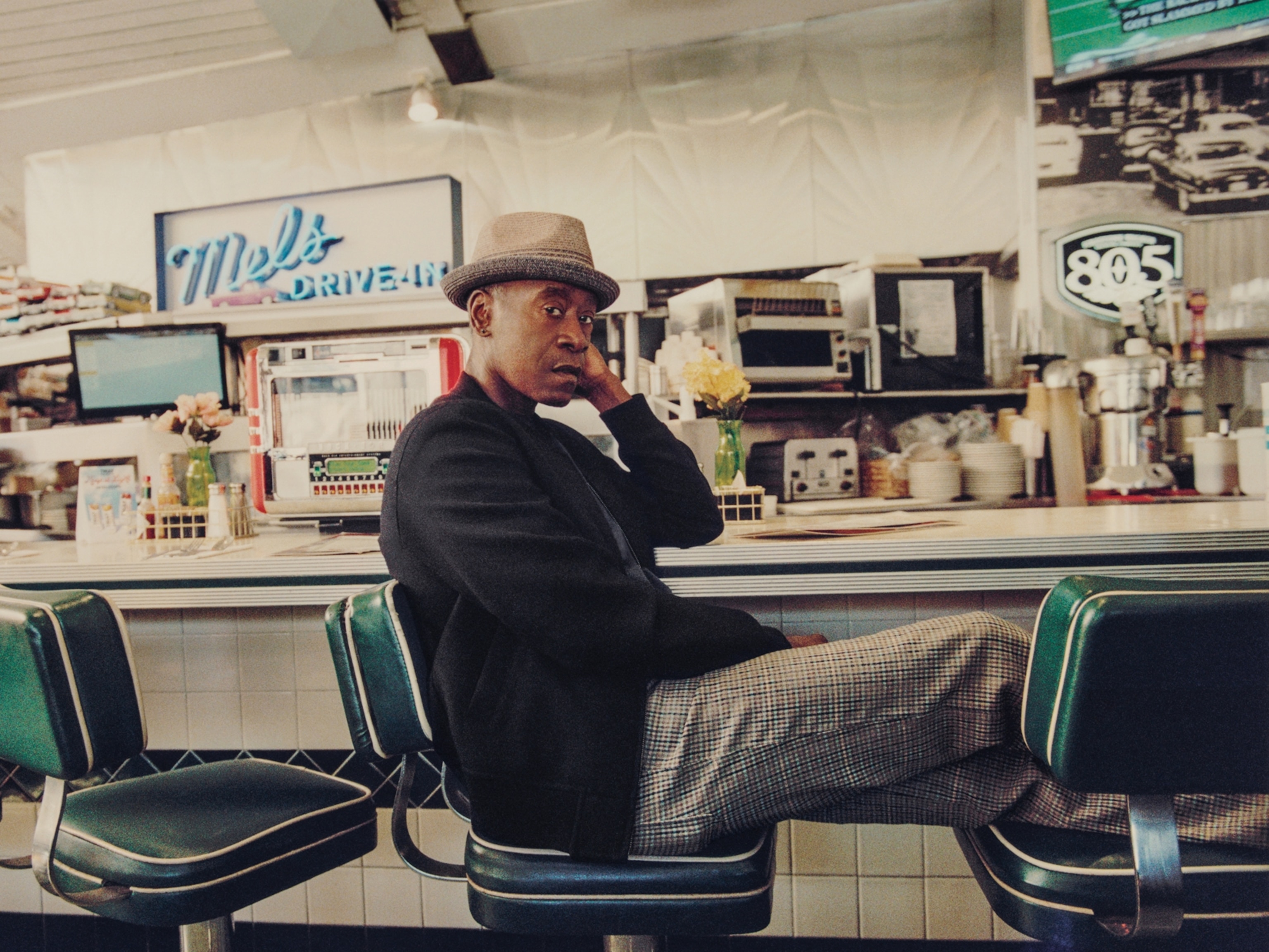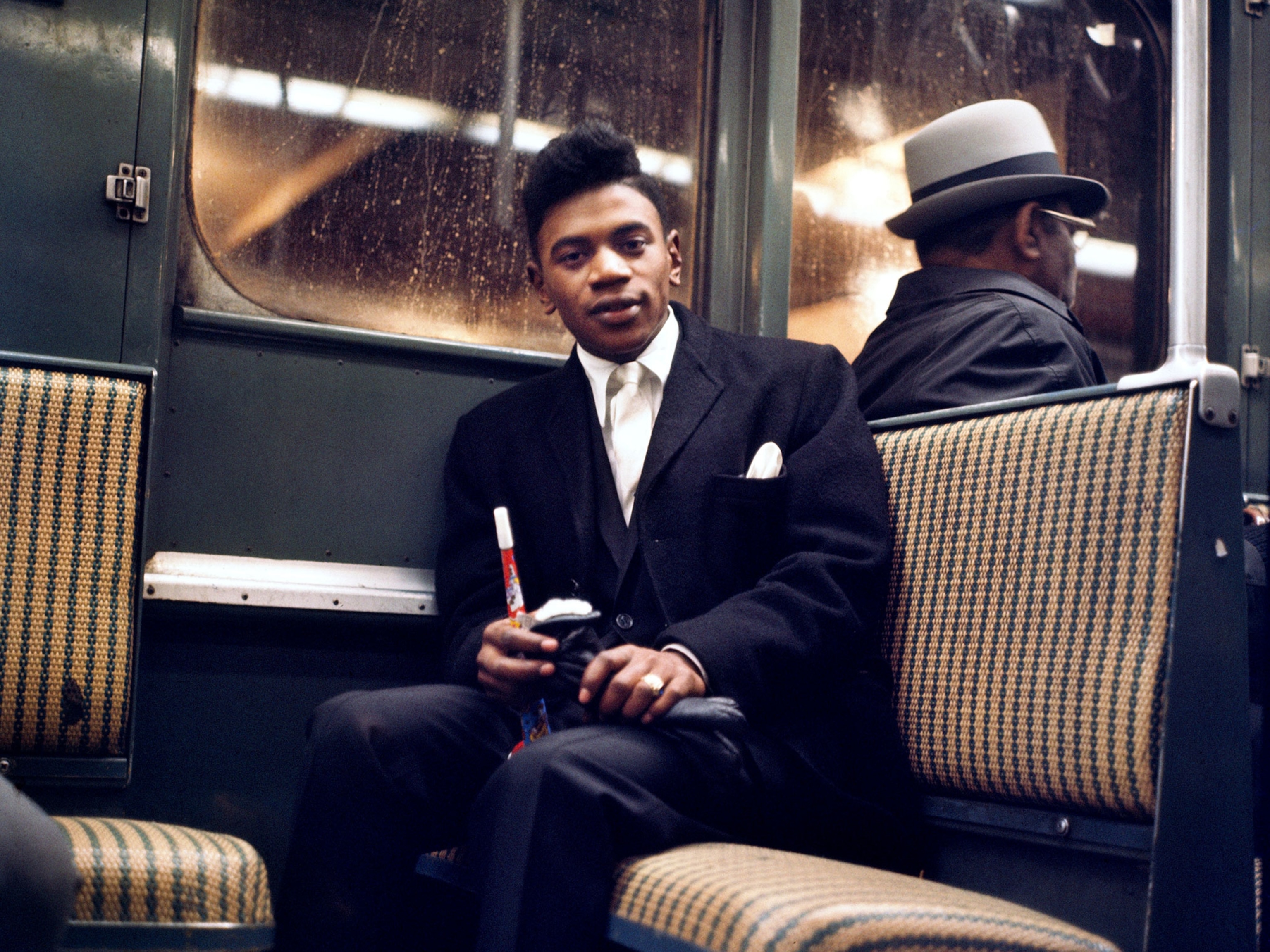
A look at life through my father’s lens
Son of renowned photographer Kwame Brathwaite, whose work inspired the “Black is Beautiful” movement, shares some of his father’s visual moments
I once asked my father what inspired him as a young photographer in the 1950s and 60s, and he told me a story about our family: his parents were immigrants to the United States from Barbados who worked hard and became part of a community of creators, entrepreneurs, and thinkers.
My father is now 84 years old, and his passion remains the same: his desire to create an equitable society through his art. With a career spanning more than 60 years, Kwame Brathwaite used his visionary lens to bring to life a pivotal moment in history that paralleled the Civil Rights movement. His images were the visual lyrics of the “Black is Beautiful” movement, intersecting the worlds of politics, fashion, music, art and culture—from "Little Stevie Wonder" and the Supremes at the Apollo Theater in New York City in 1963, to the ”Rumble in the Jungle” boxing match between George Foreman and Muhammad Ali in 1974, to Nelson Mandela’s historic inauguration as president of South Africa in 1994.


He also documented the everyday things in life, moments of hope and struggle. Much of his work was done from his perspective as a father.
Fatherhood changes the way you look at the world as you take on the responsibility to provide the tools needed for that child to live and to thrive; you strive to create an environment to allow that to happen. That sense of responsibility is present in my father’s photographs. By viewing his work, we too are seeing the world through a father’s eyes.


In this newly released series of images, we get a glimpse of how being a father informed his practice and his understanding that a child’s gaze is more than just a mere glance. Children’s awareness of their environment, our reaction to them as adults, and their presence in these public spaces influenced his choices and deepened his work. When he held the lens to his face, he gave great thought to the images that would result of the people he documented: How will they be perceived and how can we dignify their humanity?
My father’s dedication to honest representation was created through his ability to connect with his subjects. Whether the photographs were of my mother Sikolo Brathwaite, my sister Ndola Qóndile, me, or the children in the neighborhood on a swing set, the spirit of joy prevails in the frame. That paternal care is present in each of his images and the perspective of a father is revealed.



Kwame Brathwaite is an American photojournalist and activist known for popularizing the phrase “Black is Beautiful” and documenting life and culture in Harlem, New York and Africa. He lives in Manhattan.
Kwame Samori Brathwaite, son of Kwame Brathwaite, is archive director for The Kwame Brathwaite Archive. He lives in Los Angeles.
Photography by Kwame Brathwaite will be featured at the Philip Martin Gallery in Los Angeles July 8-20.




